Wrist watches imported and manufactured for sale in the European Union are subject to various regulations and directives. These cover product safety, substance restrictions, documentation, labelling, and testing. In this guide, we take a closer look at the requirements that apply to quartz watches, children’s watches, and automatic watches.
In addition, we also explain some of the most serious safety risks associated with wrist watches, including choking hazards, button cell batteries, and harmful substances in watch materials and components.
Continue reading Wrist Watch Regulations and Labeling in the European Union: An Overview














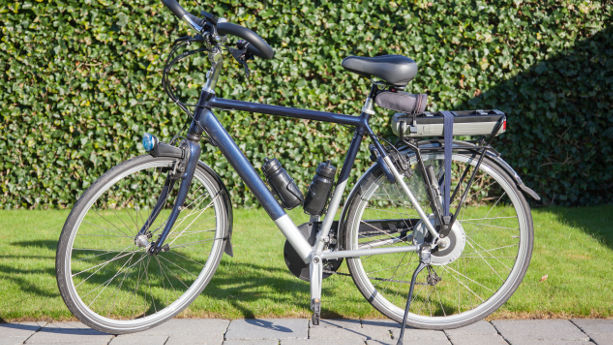

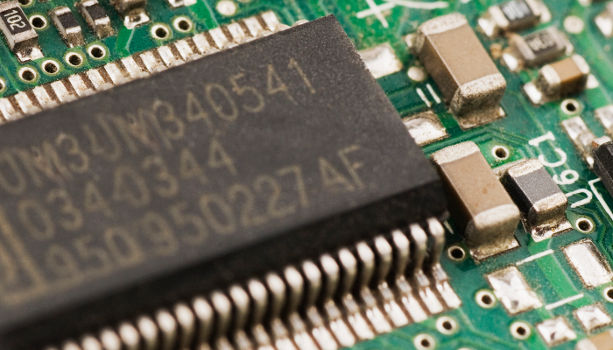
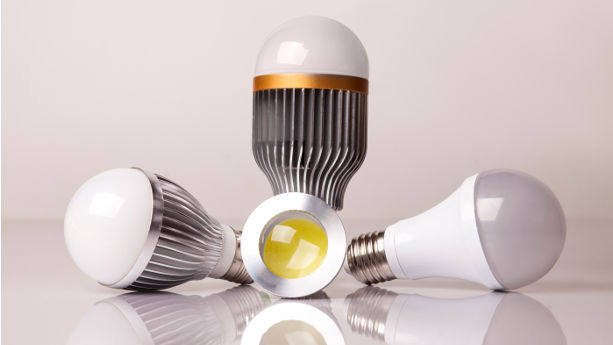
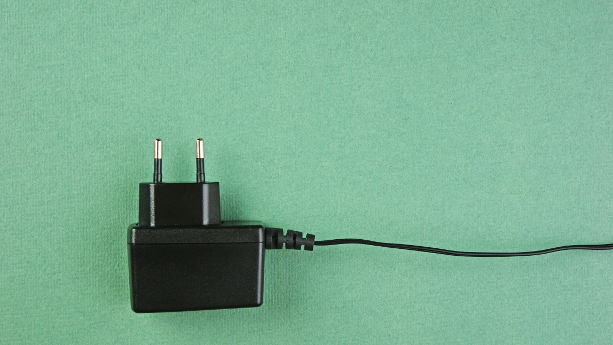
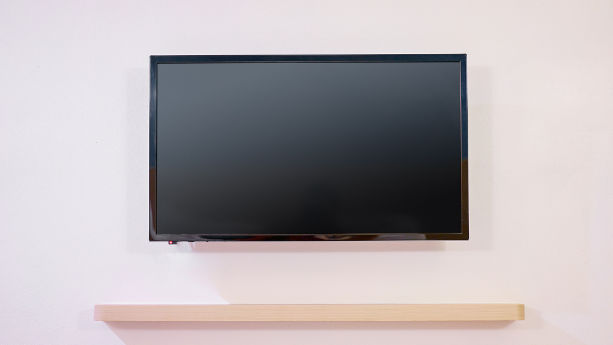

 Create compliance checklists for your product (US, EU & UK)
Create compliance checklists for your product (US, EU & UK) 20+ product certificate templates
20+ product certificate templates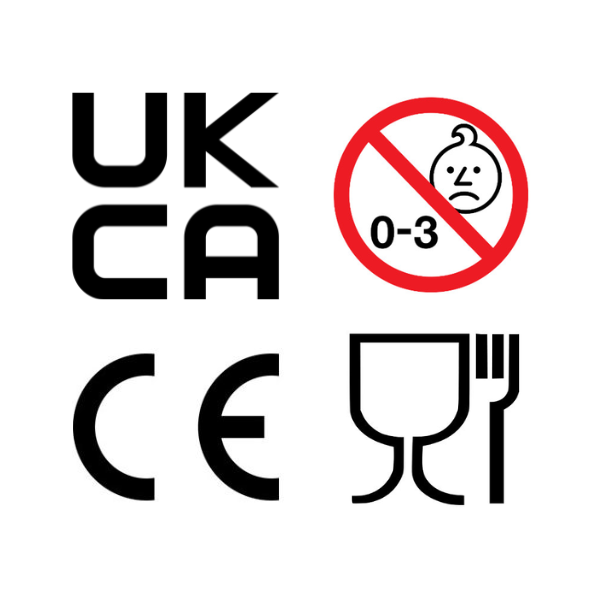 Create label files
Create label files Book product testing
Book product testing